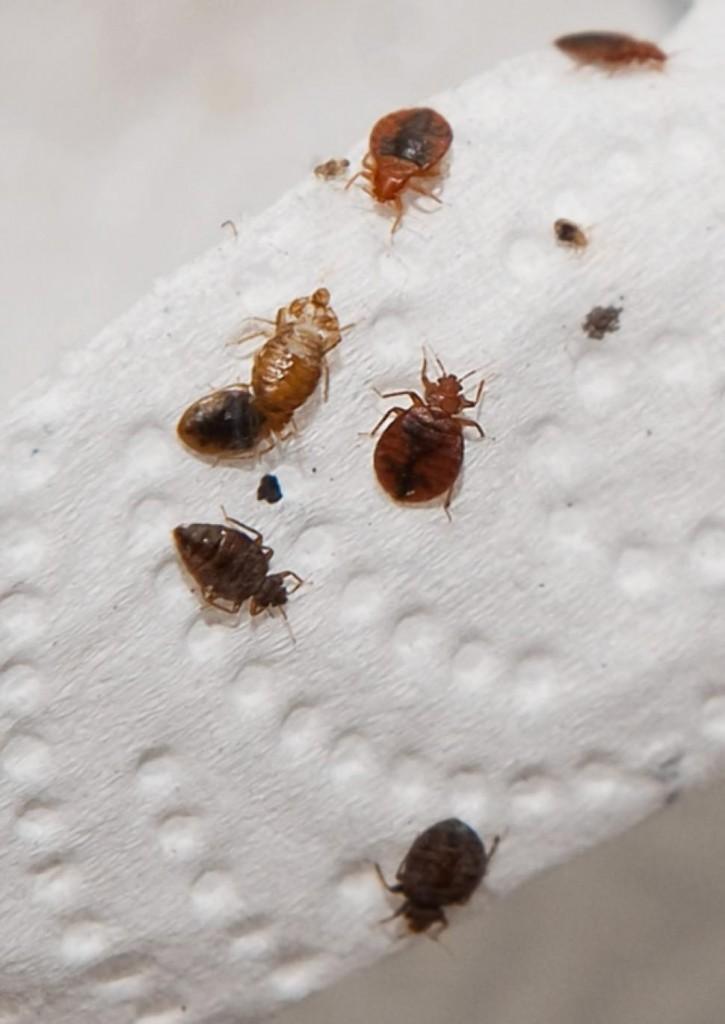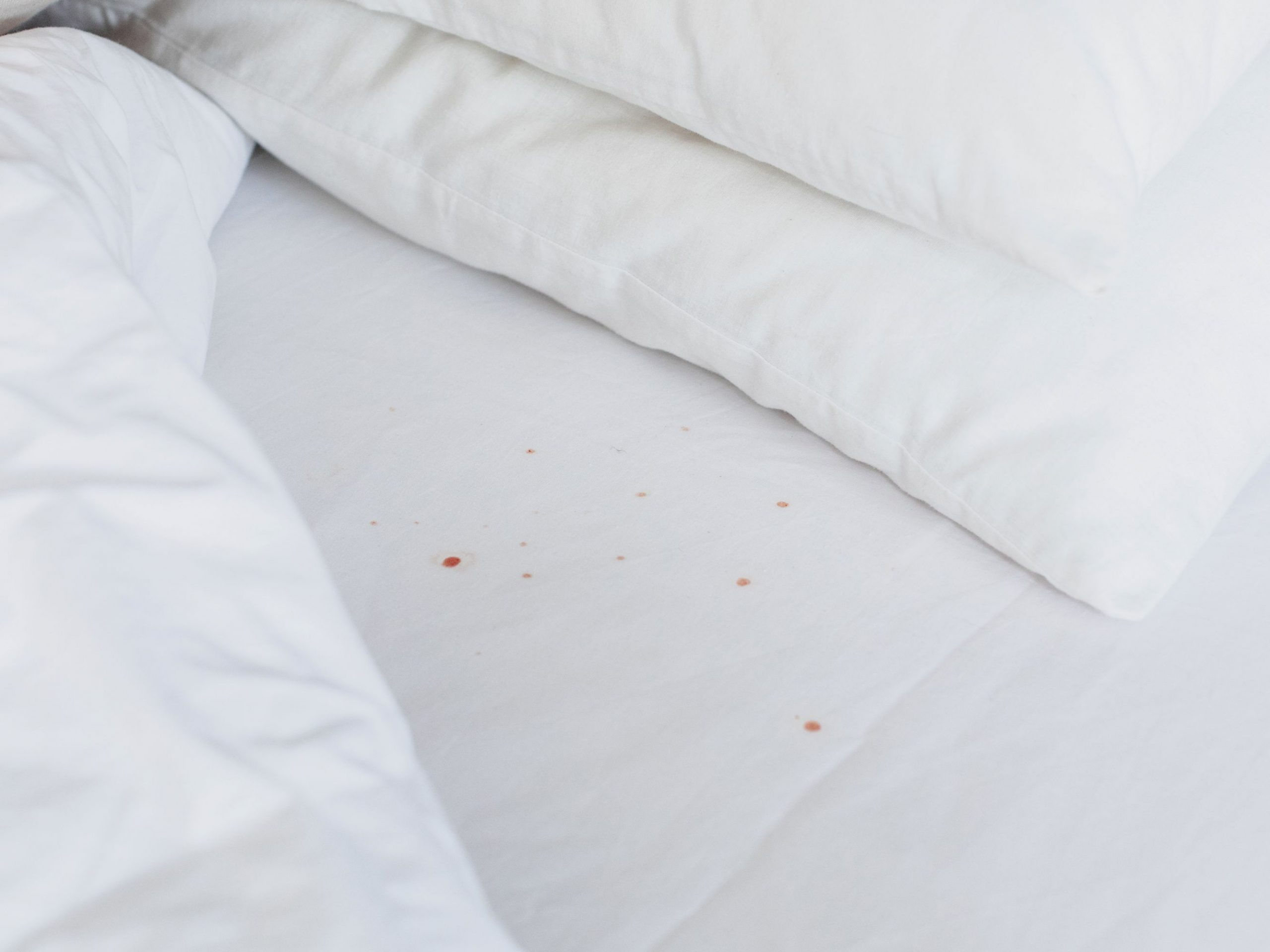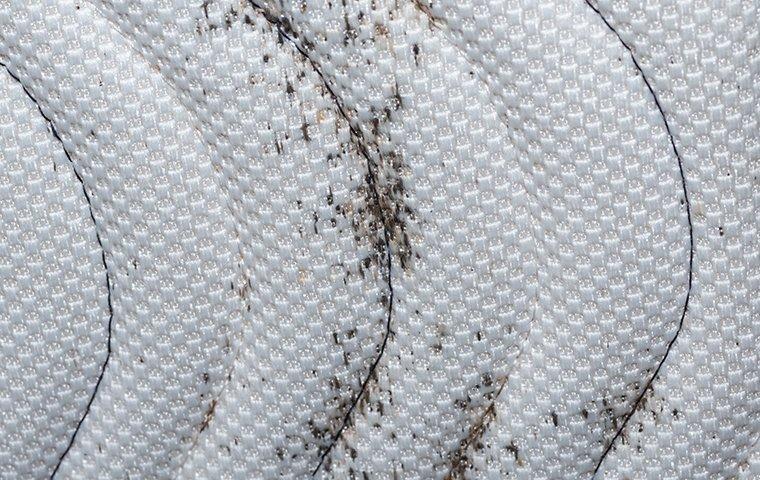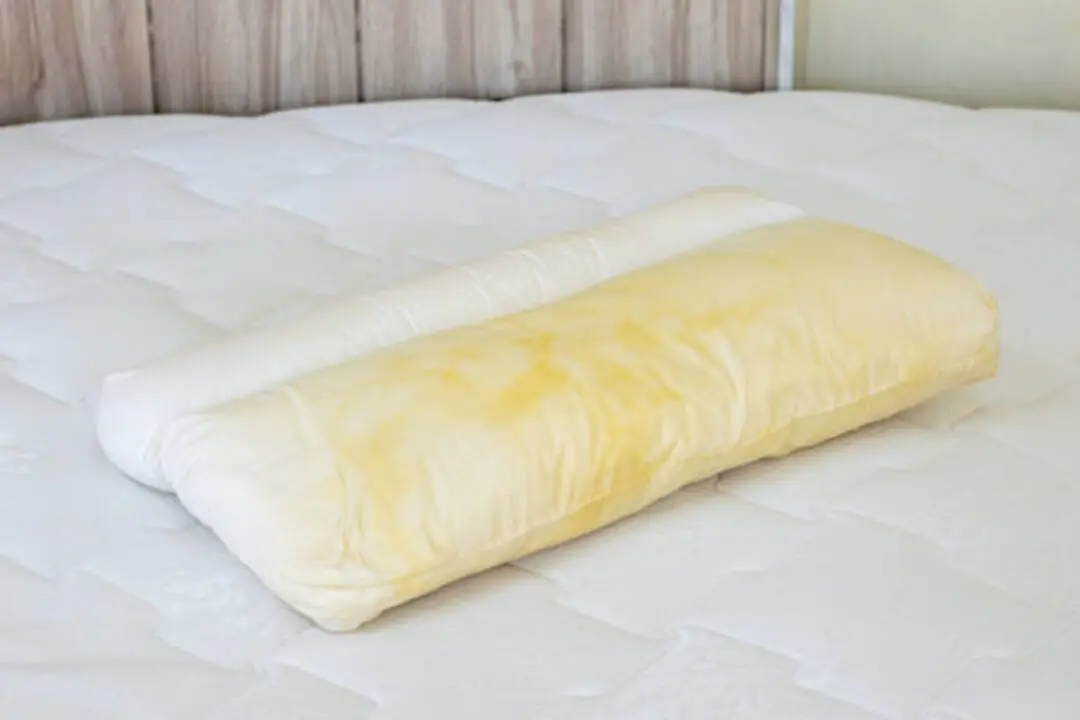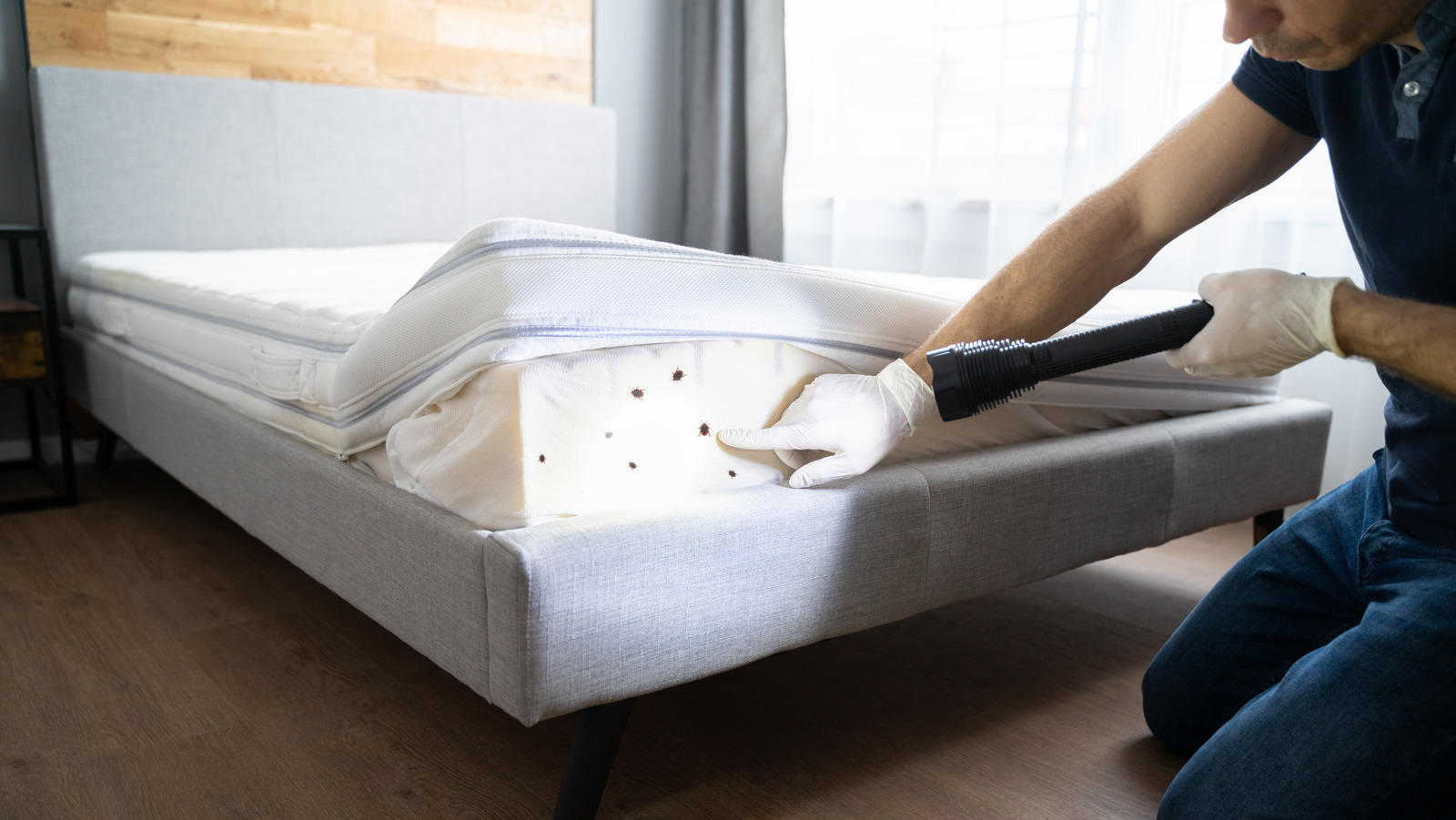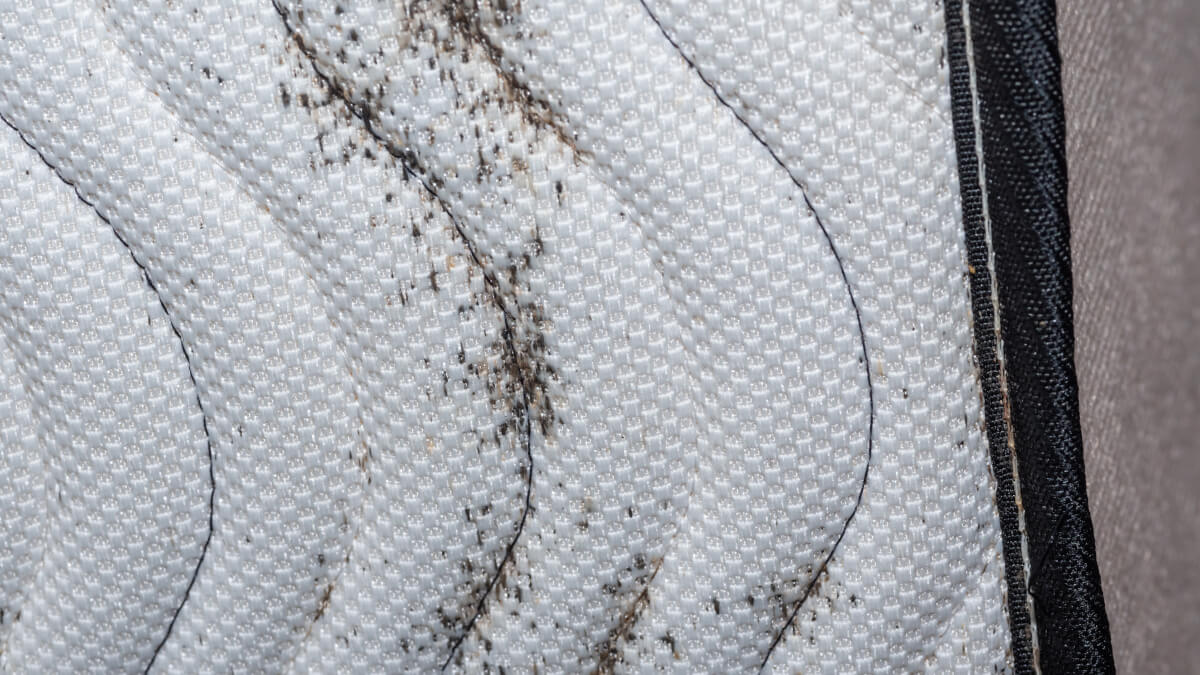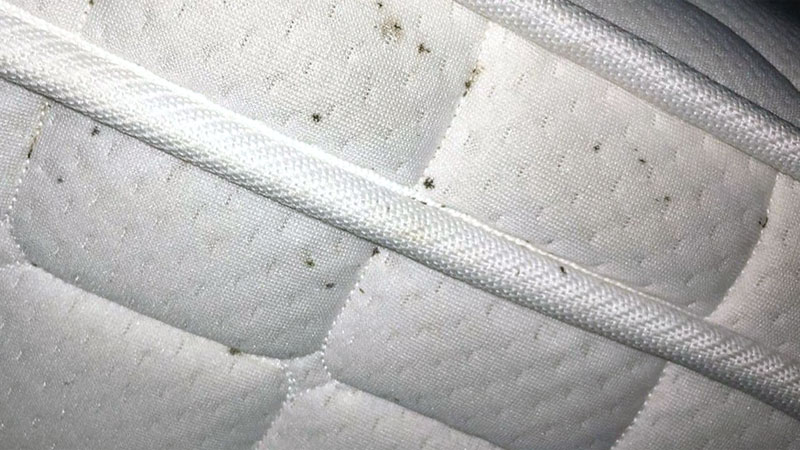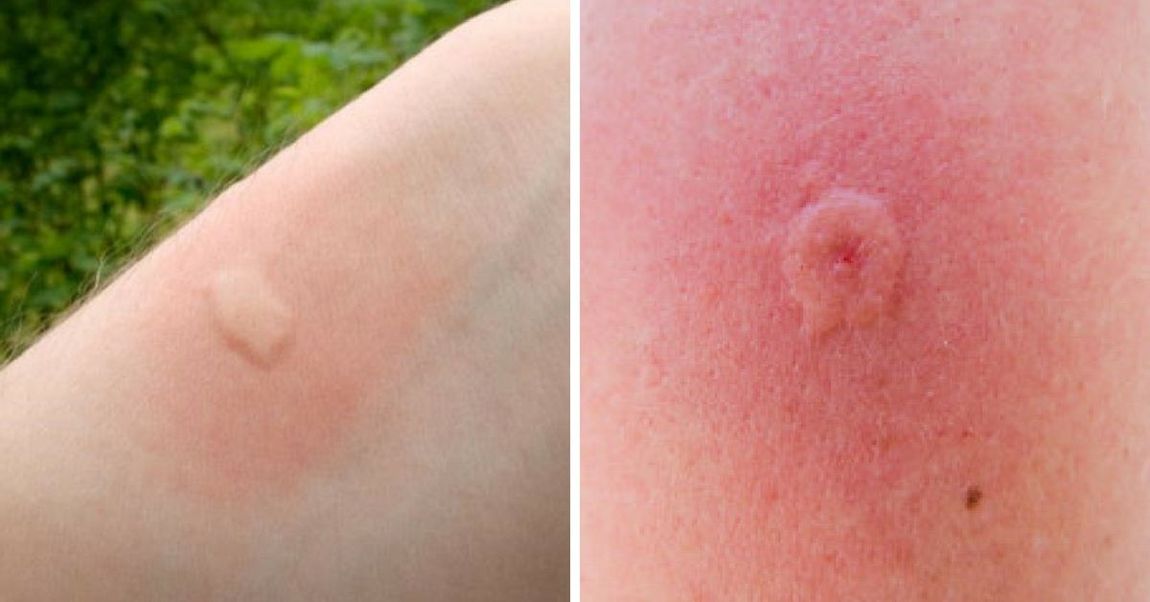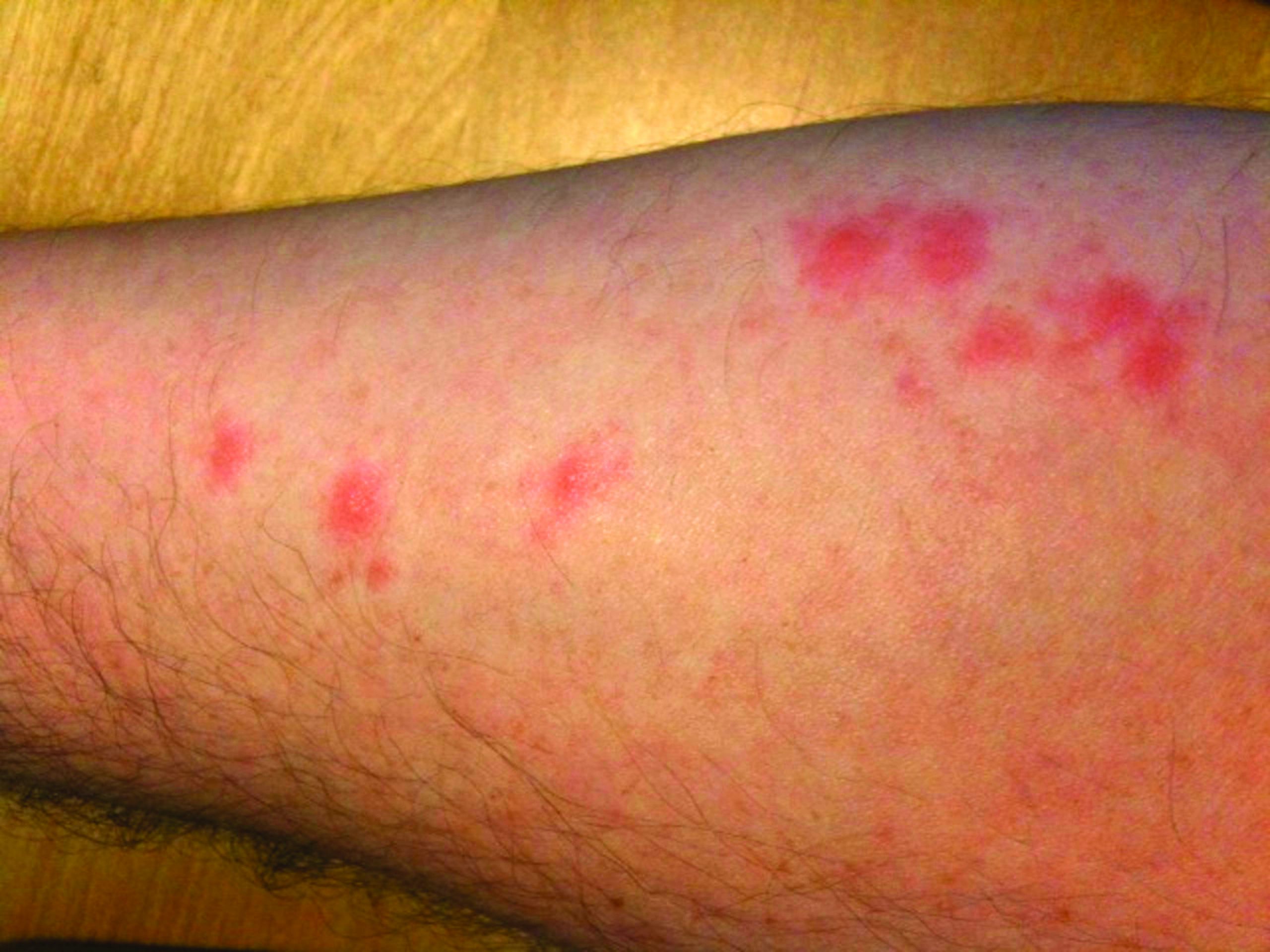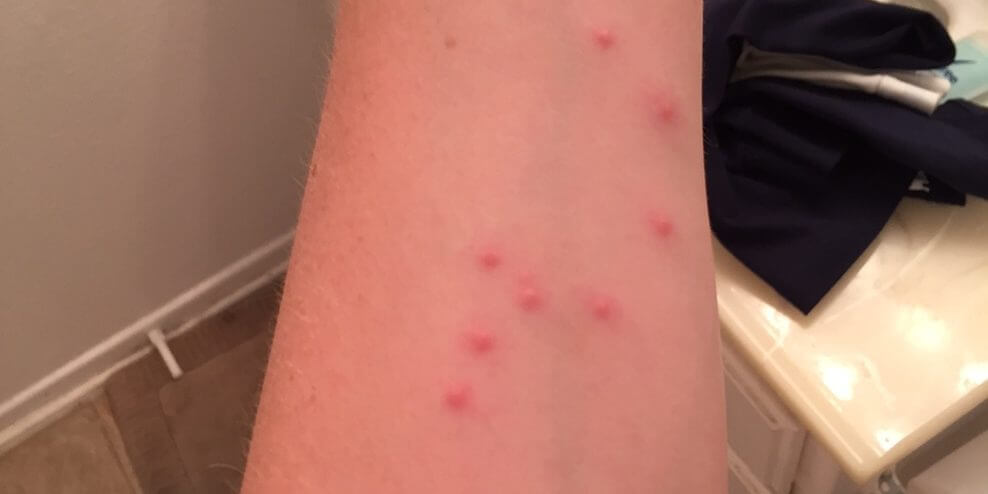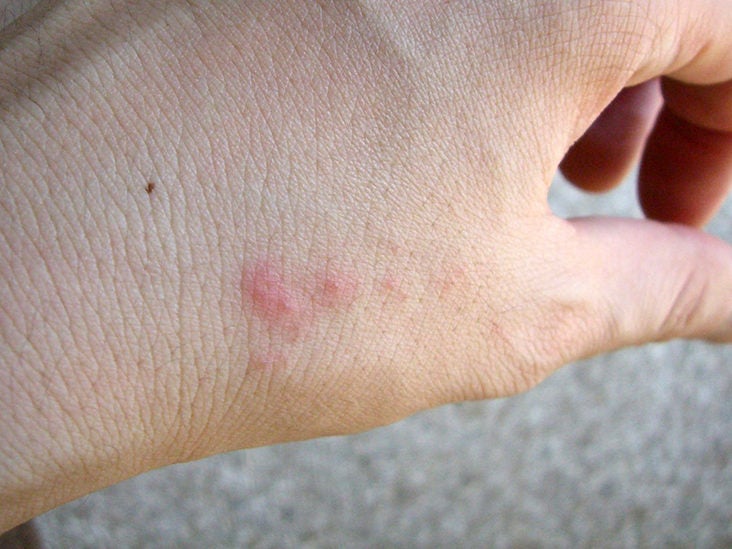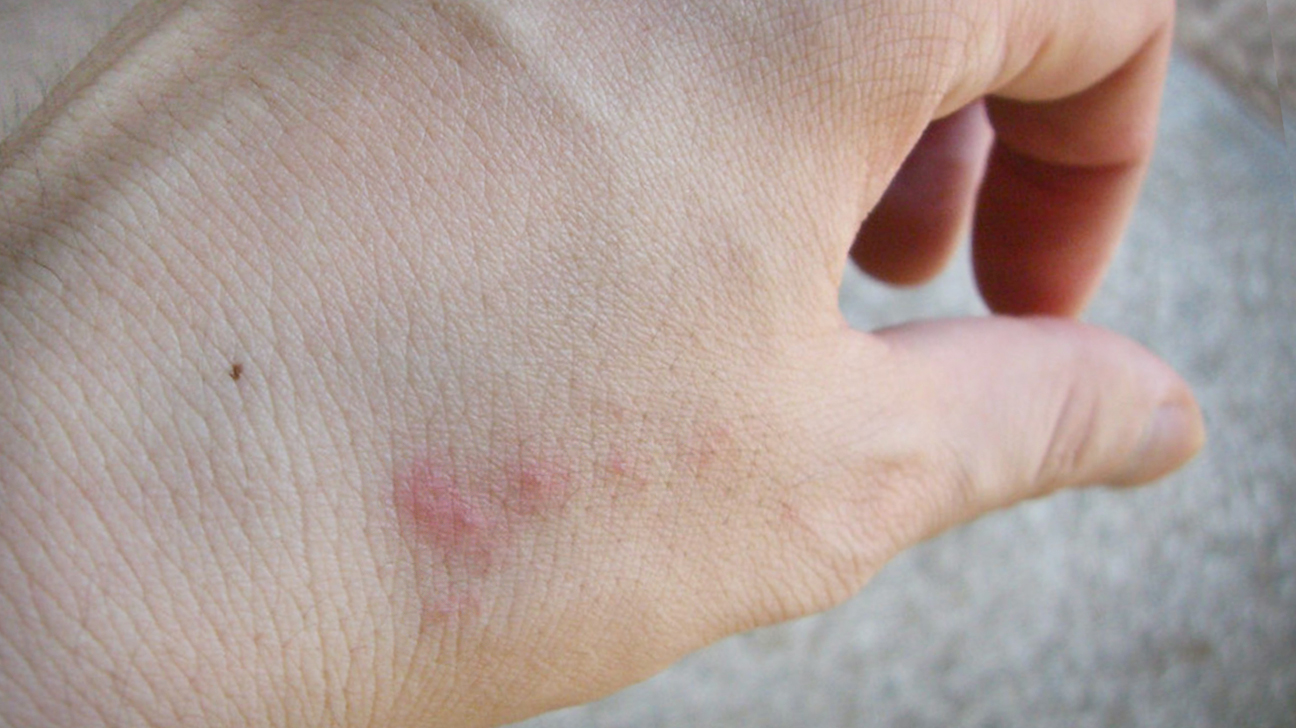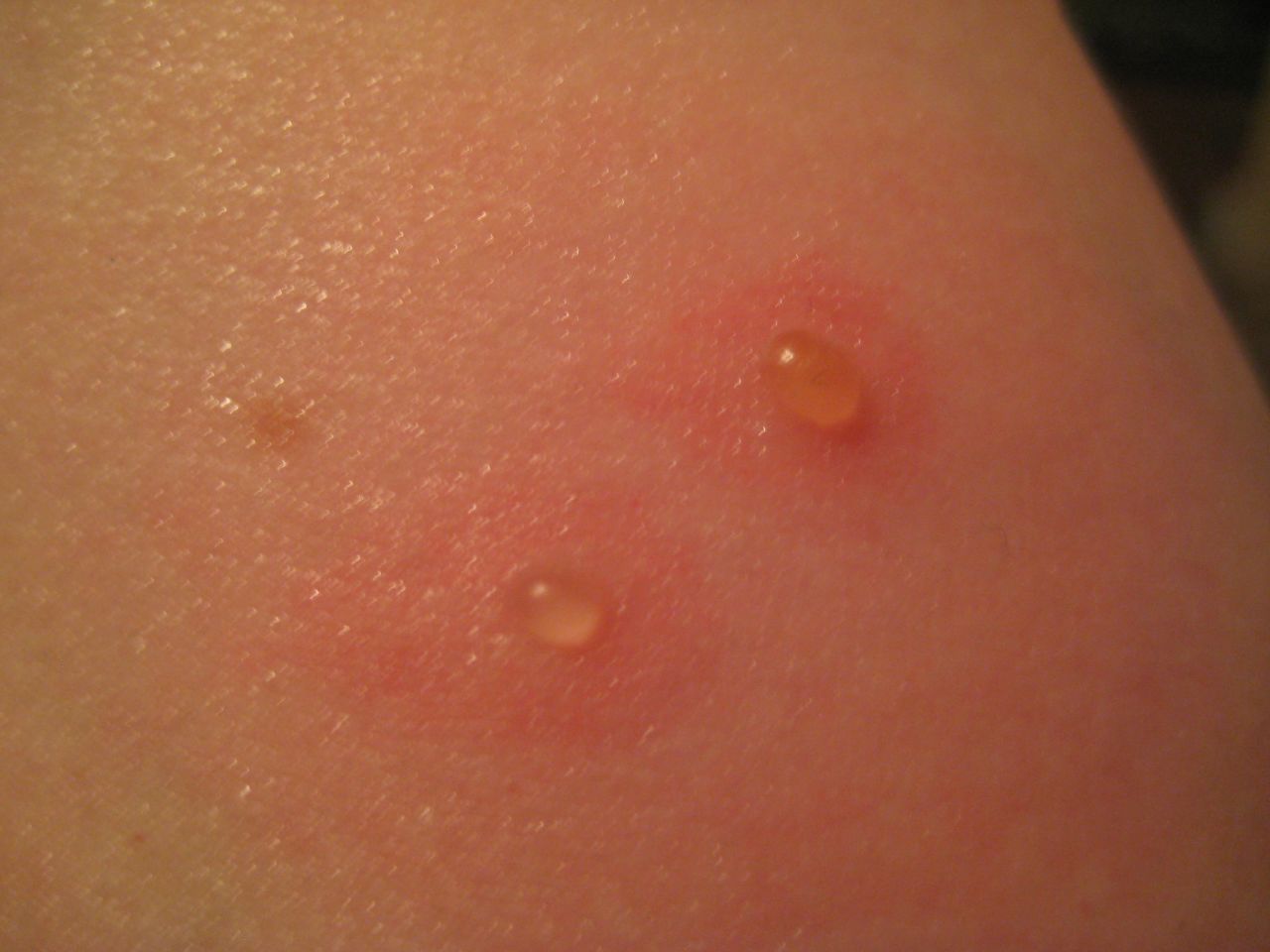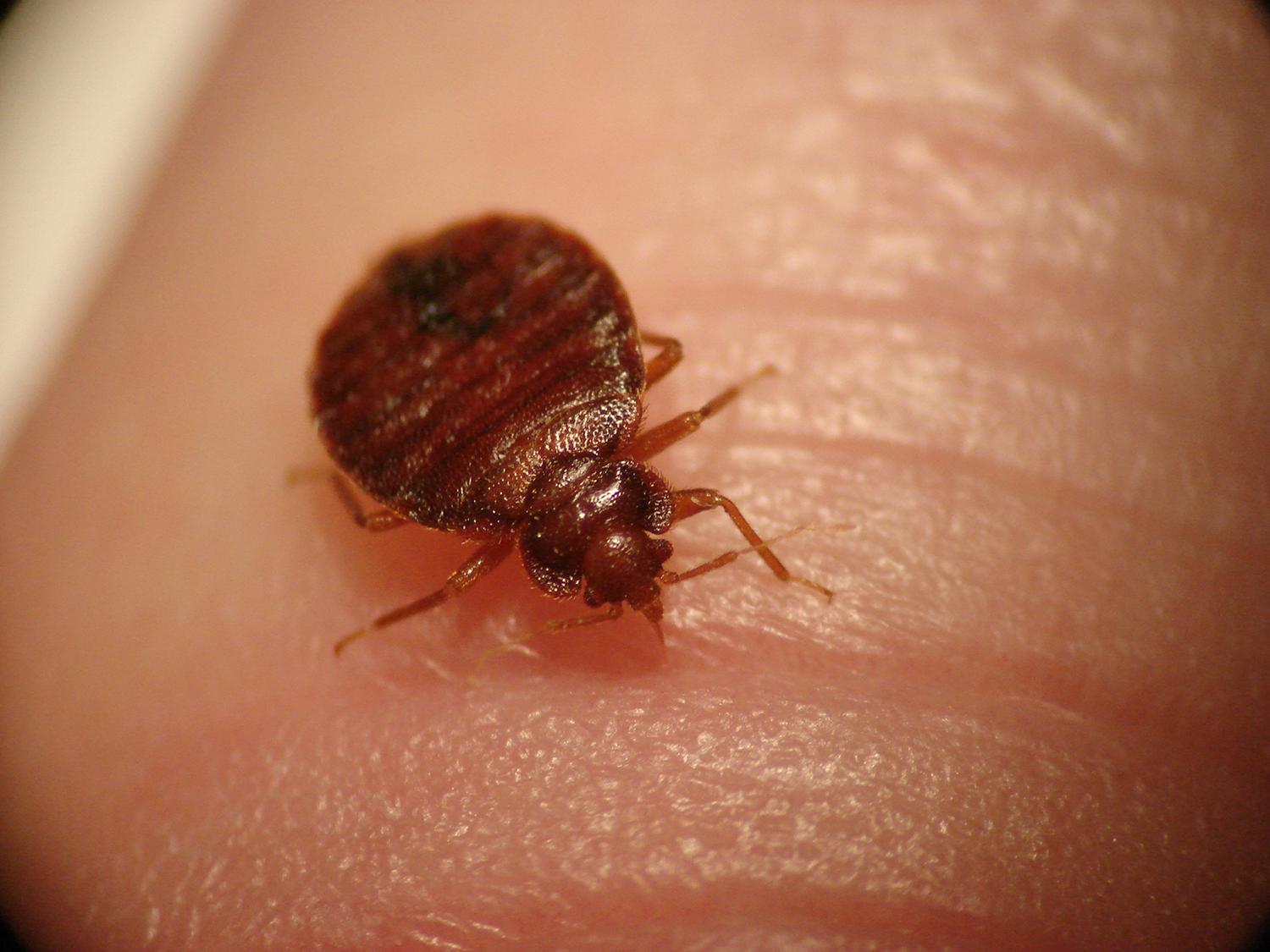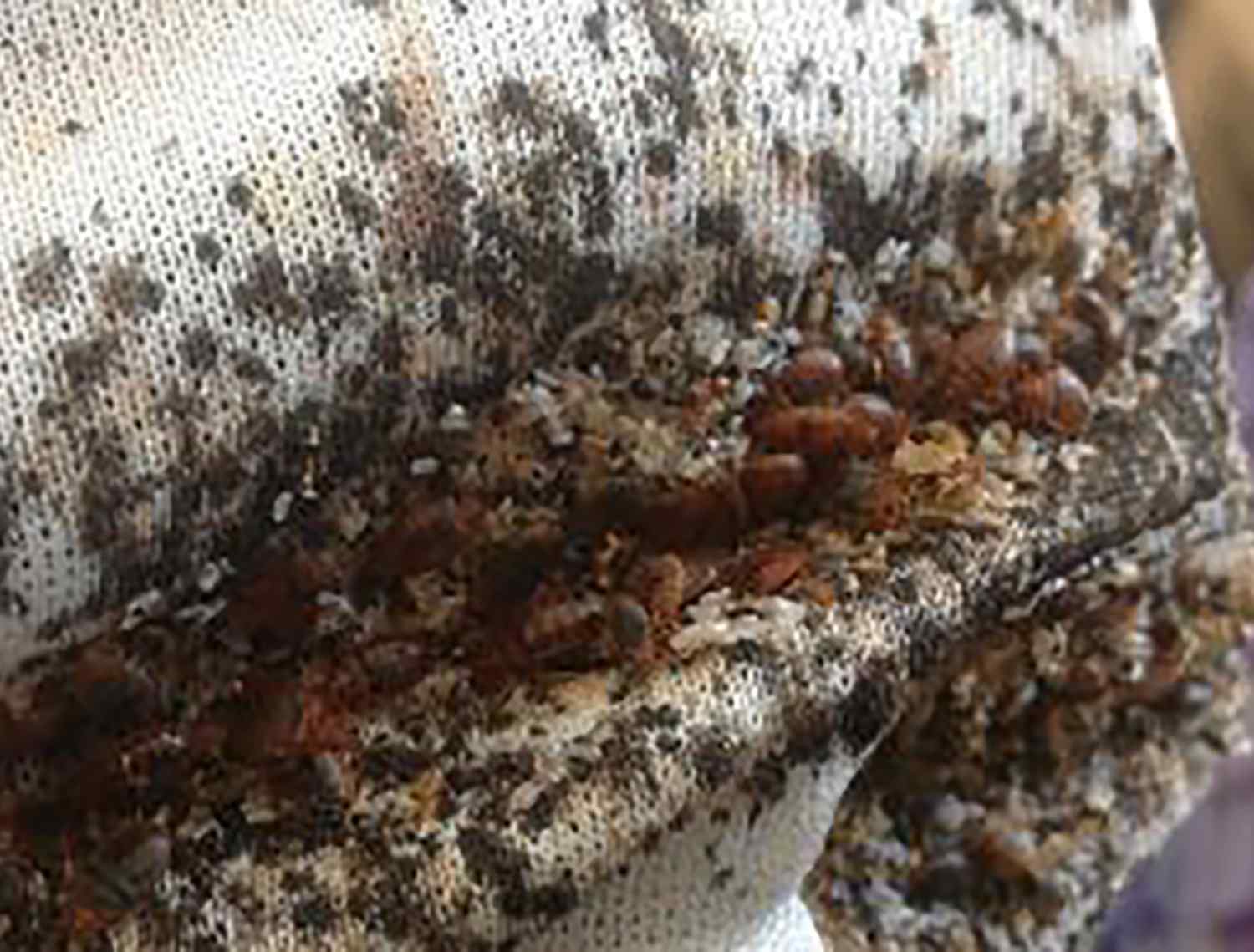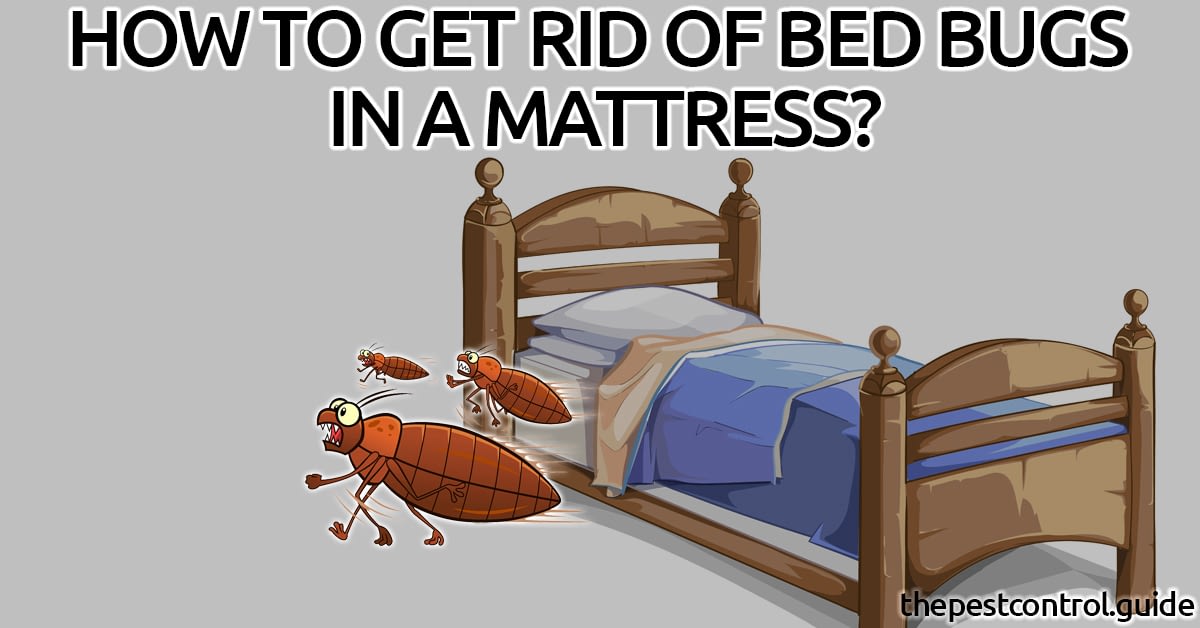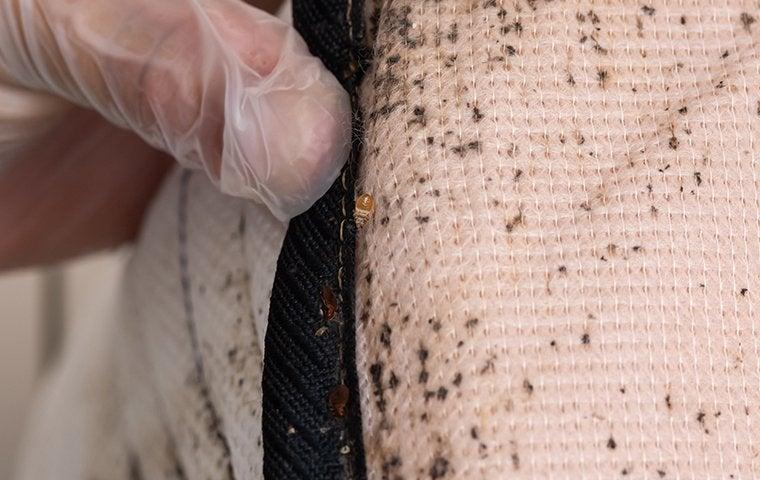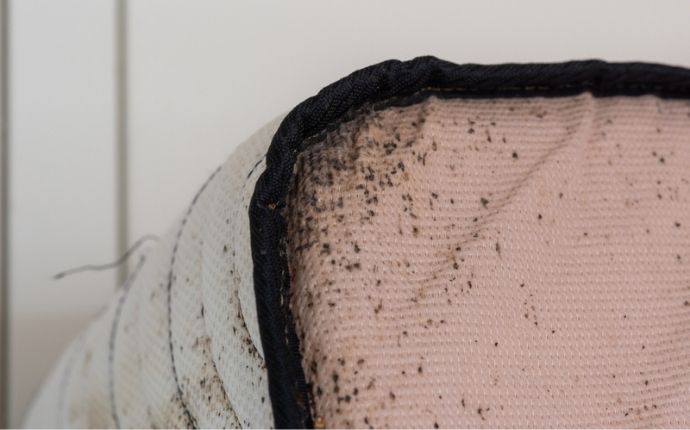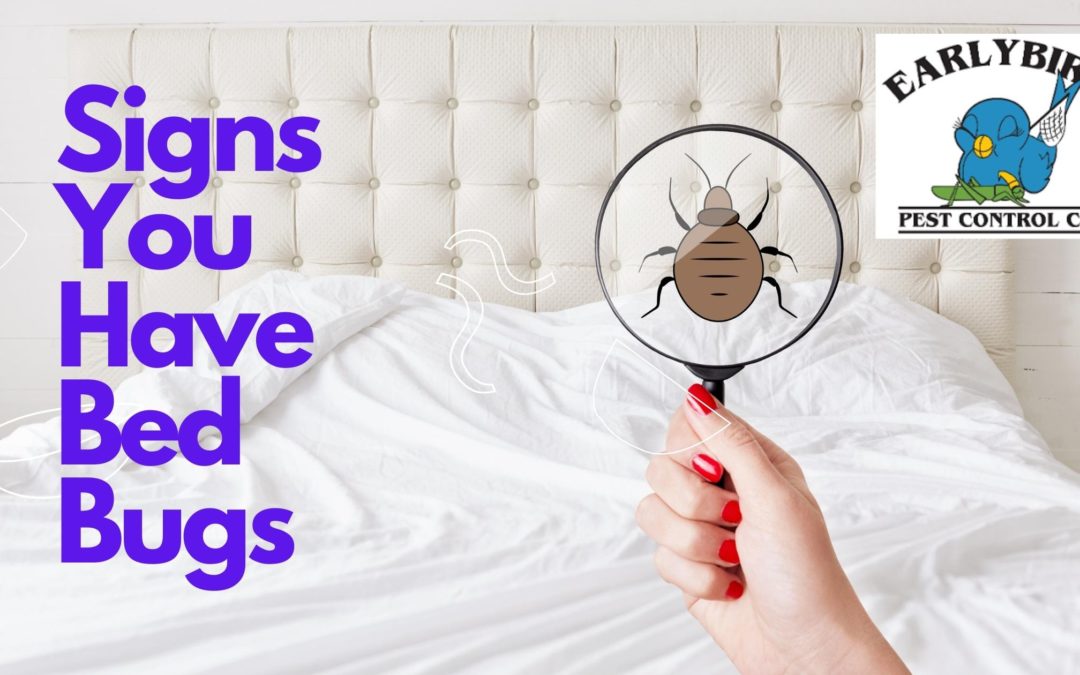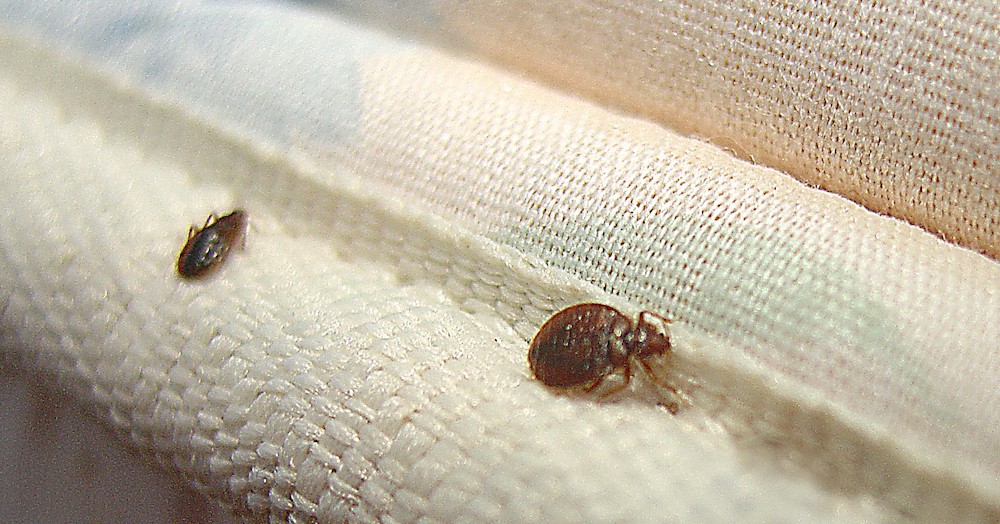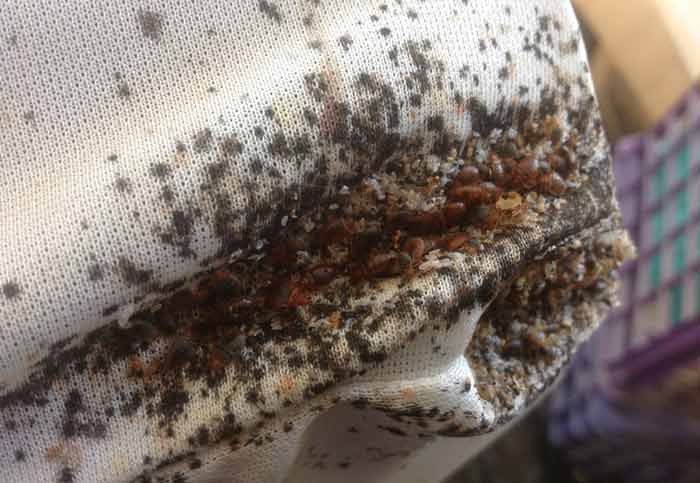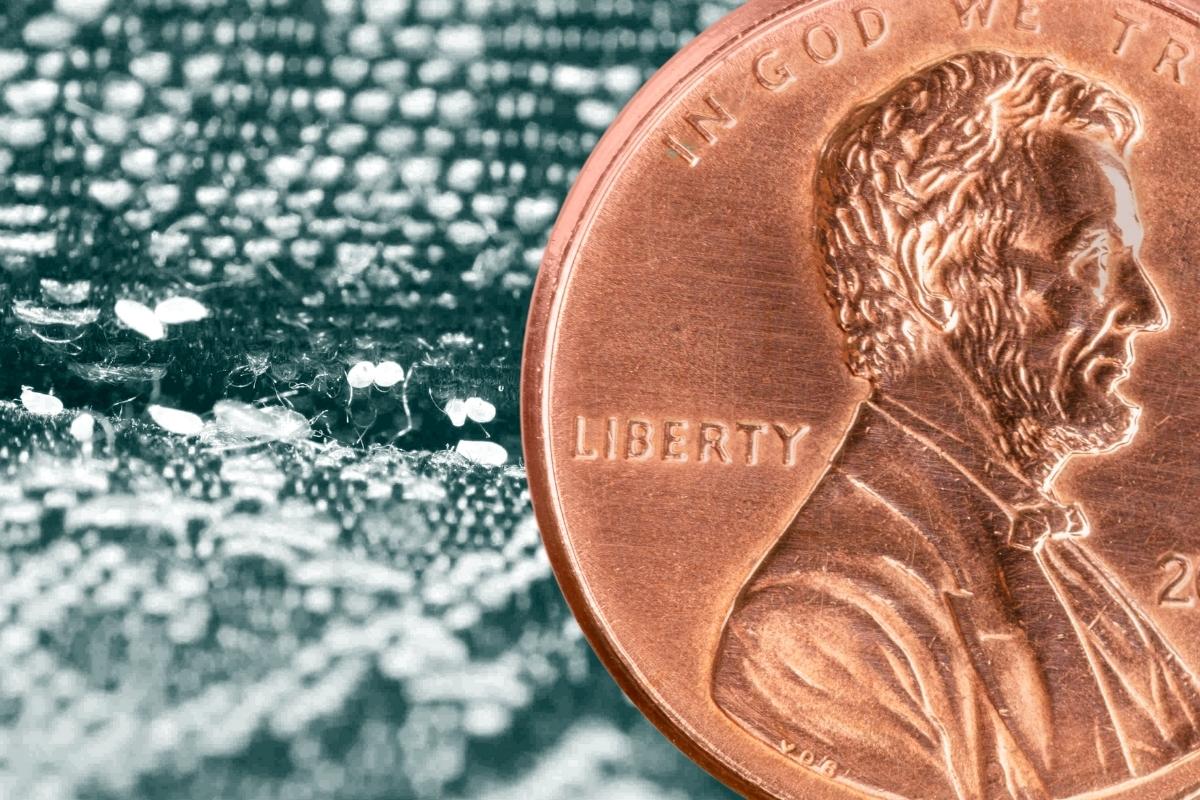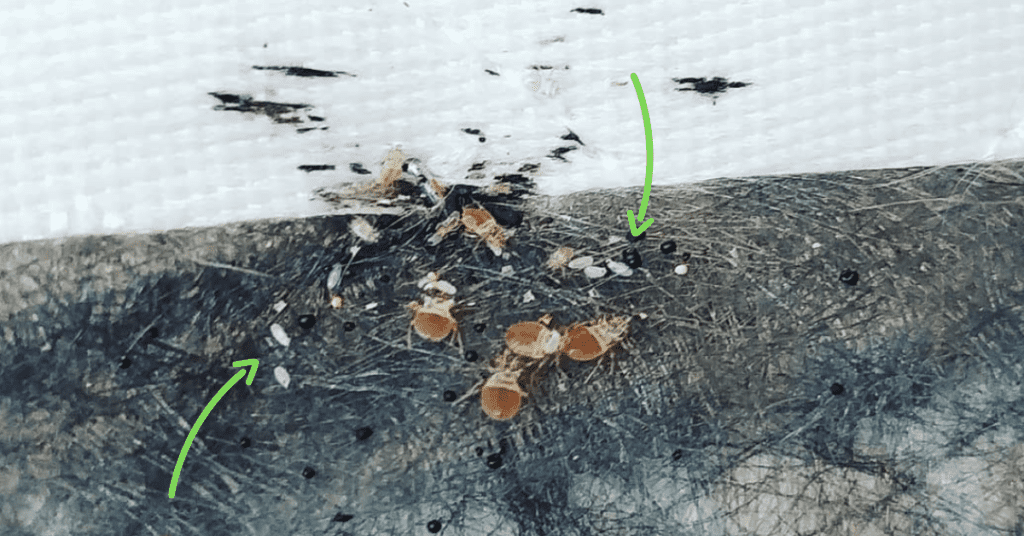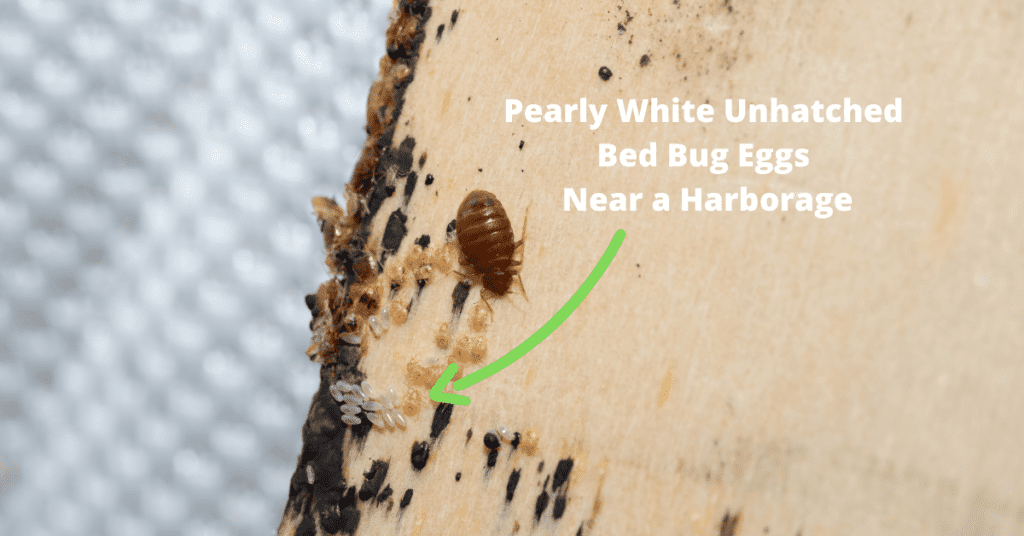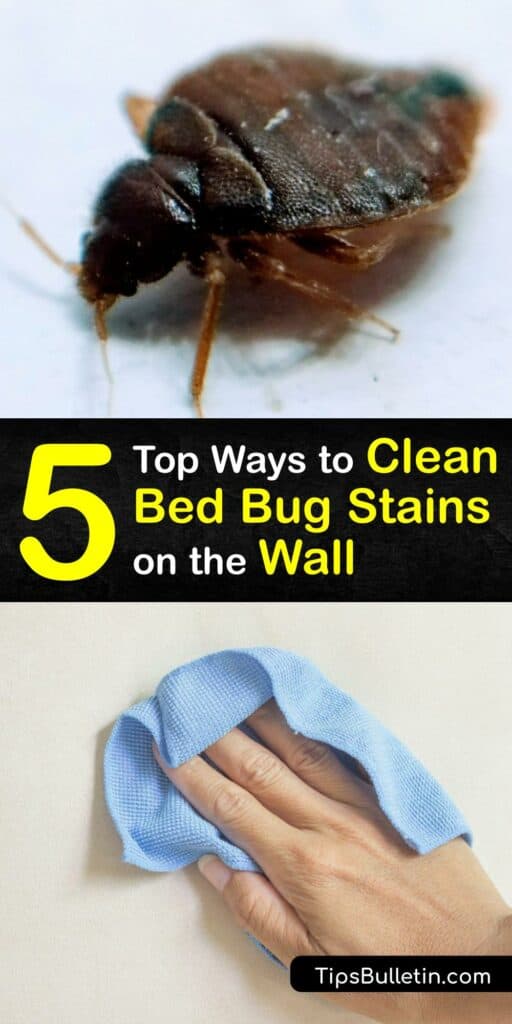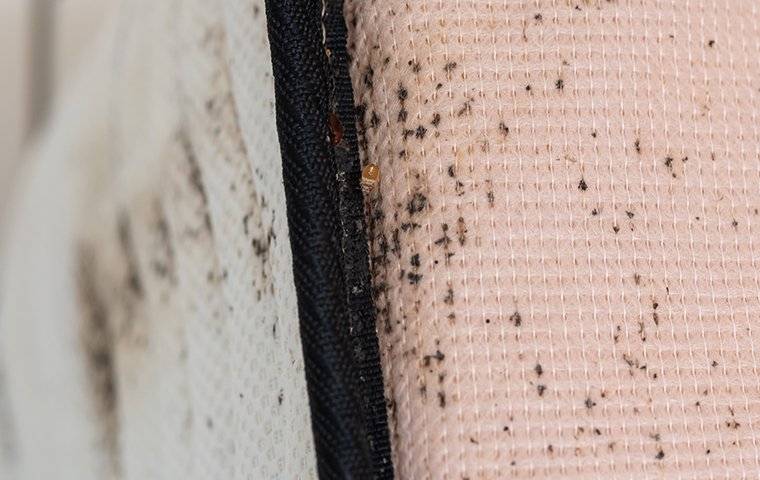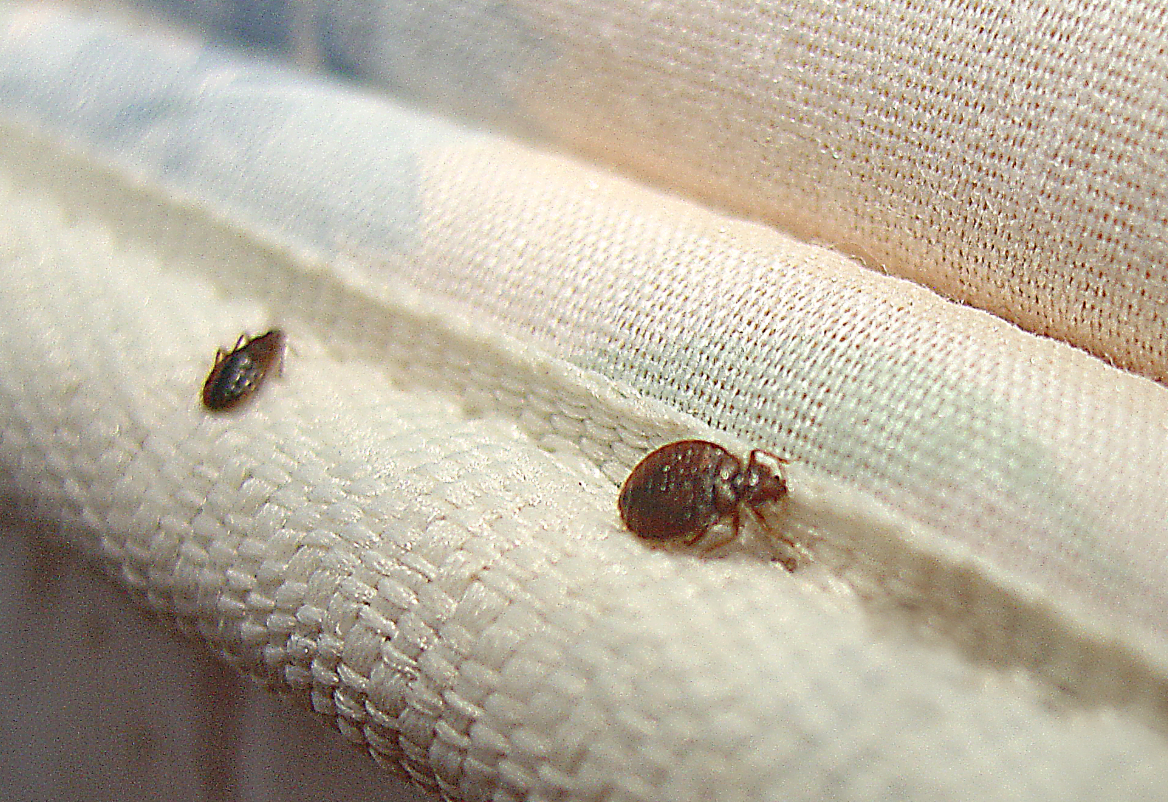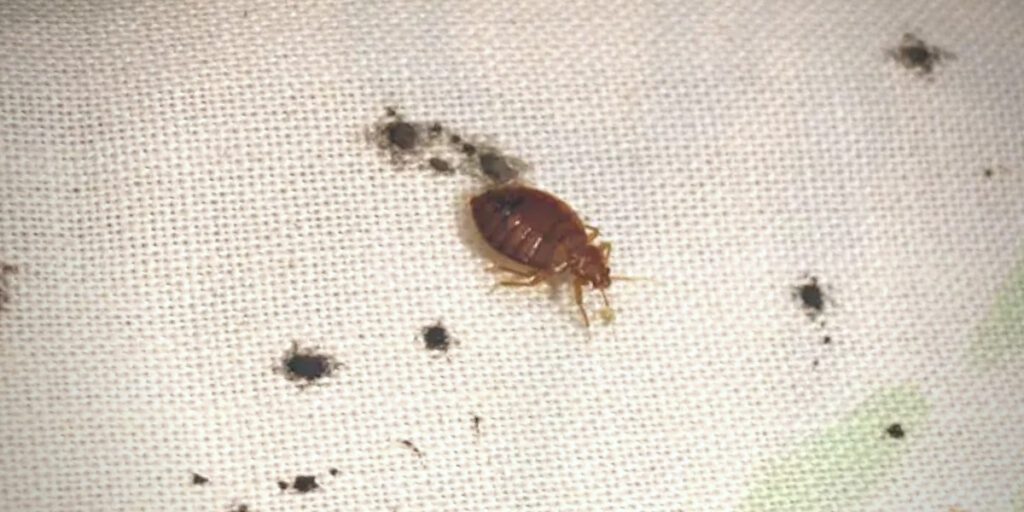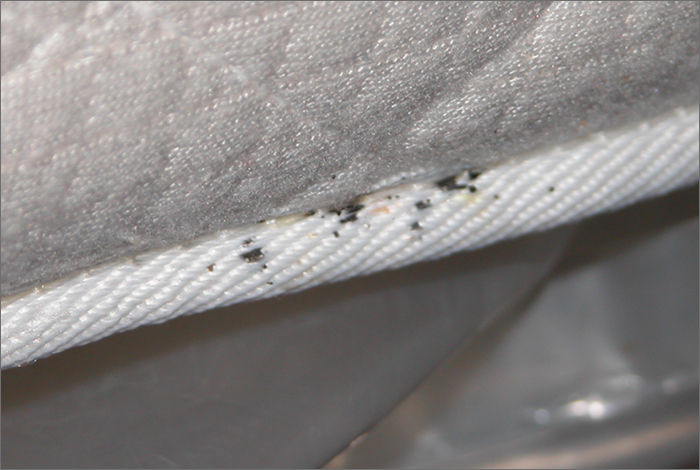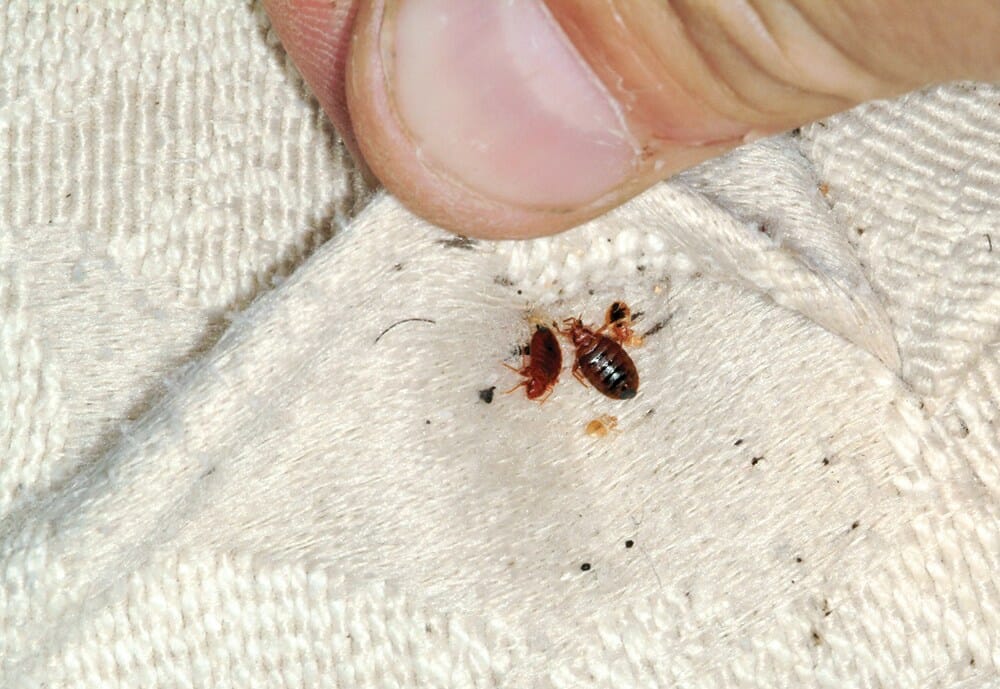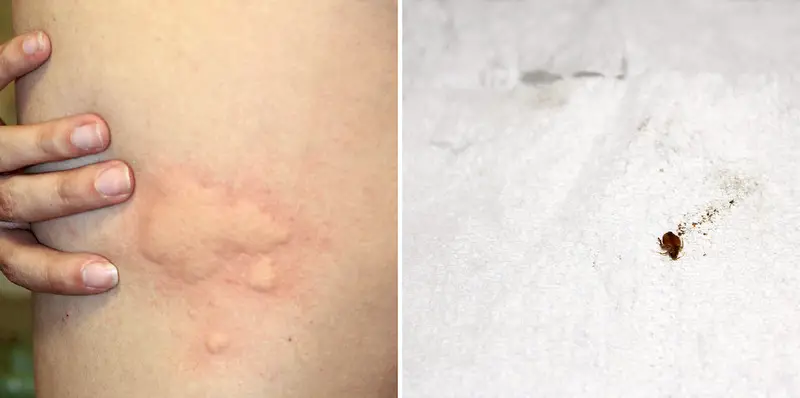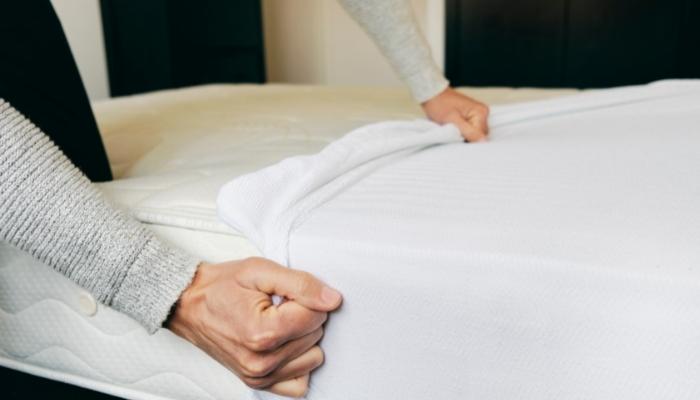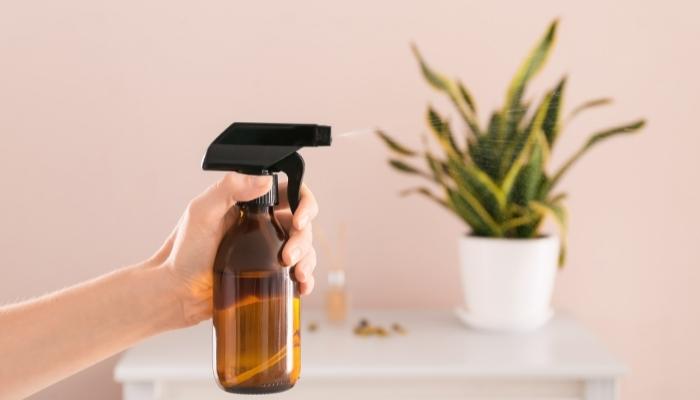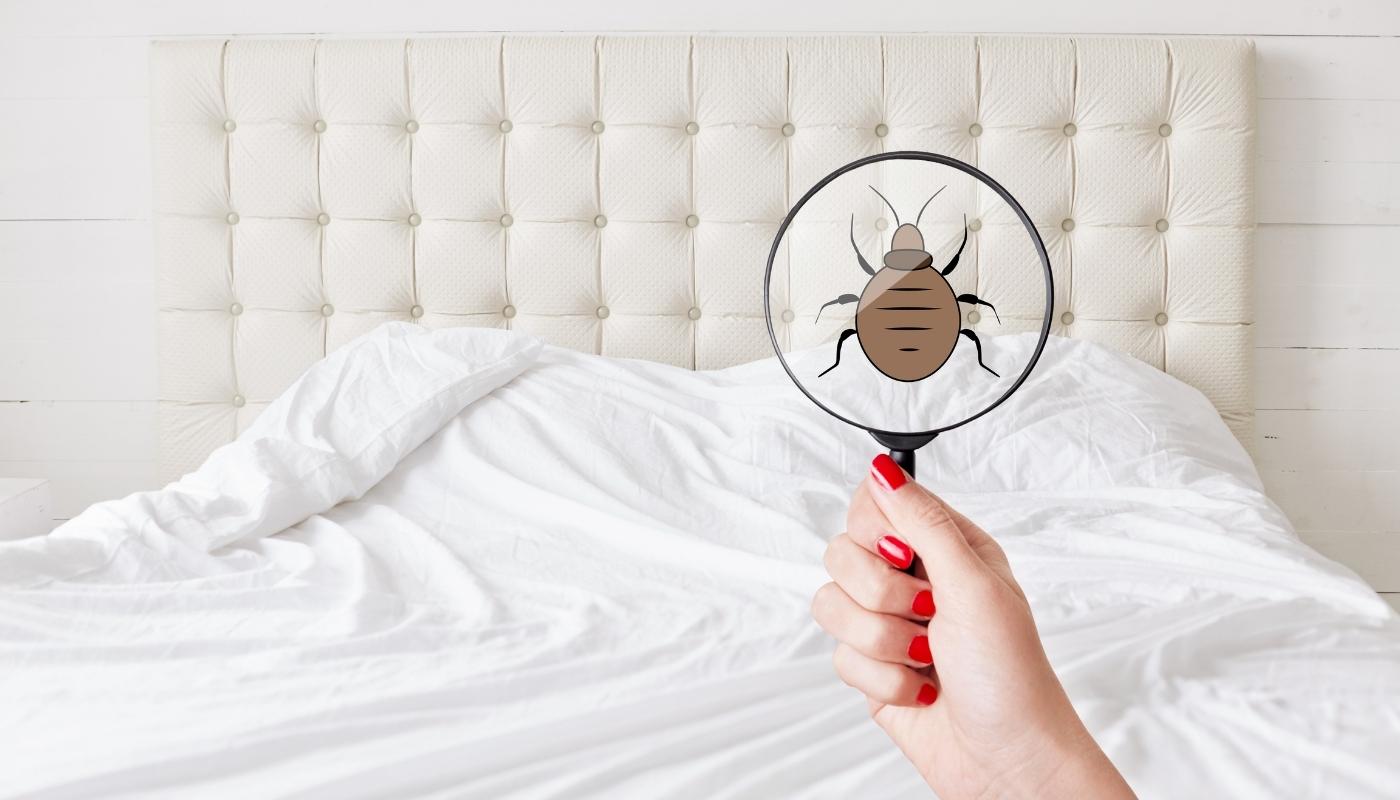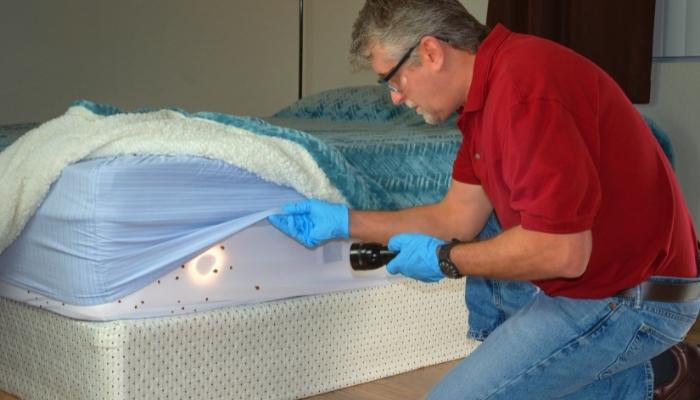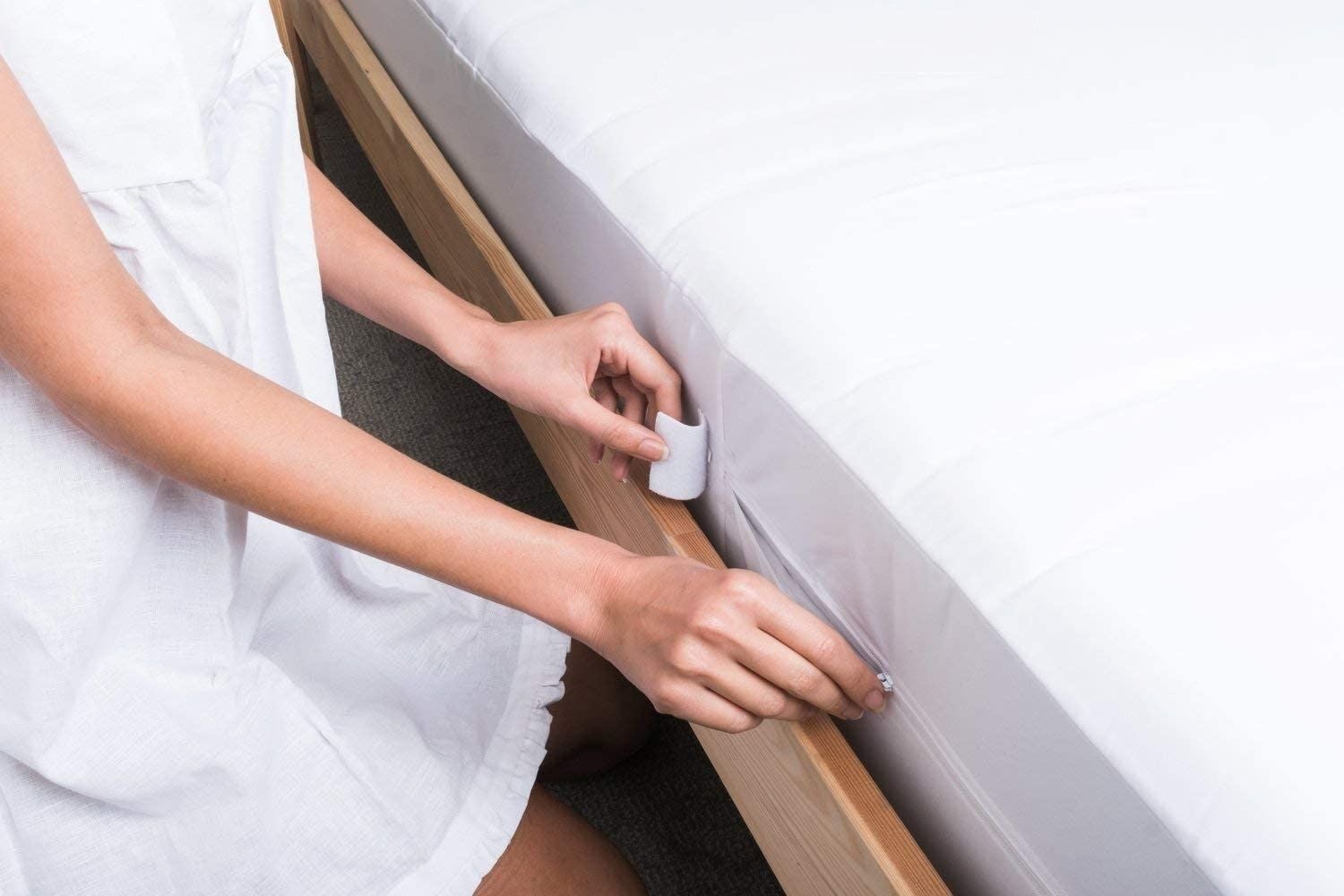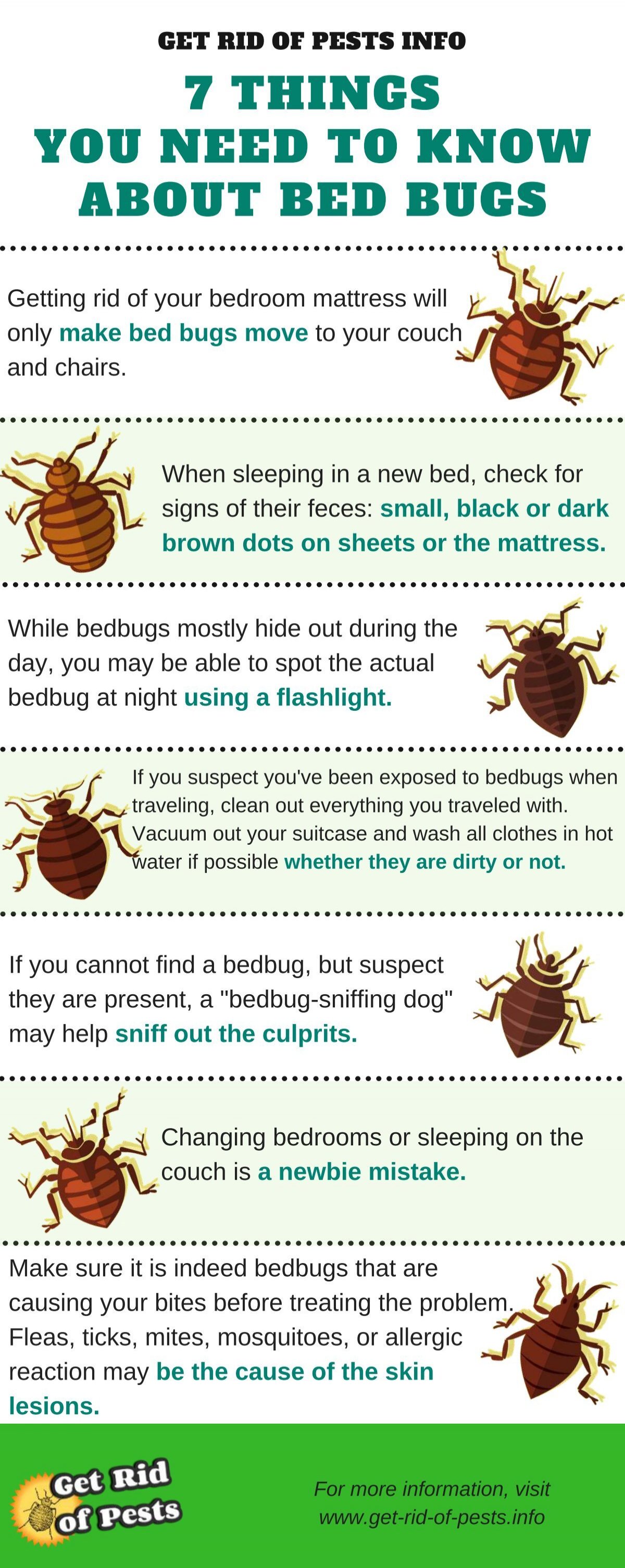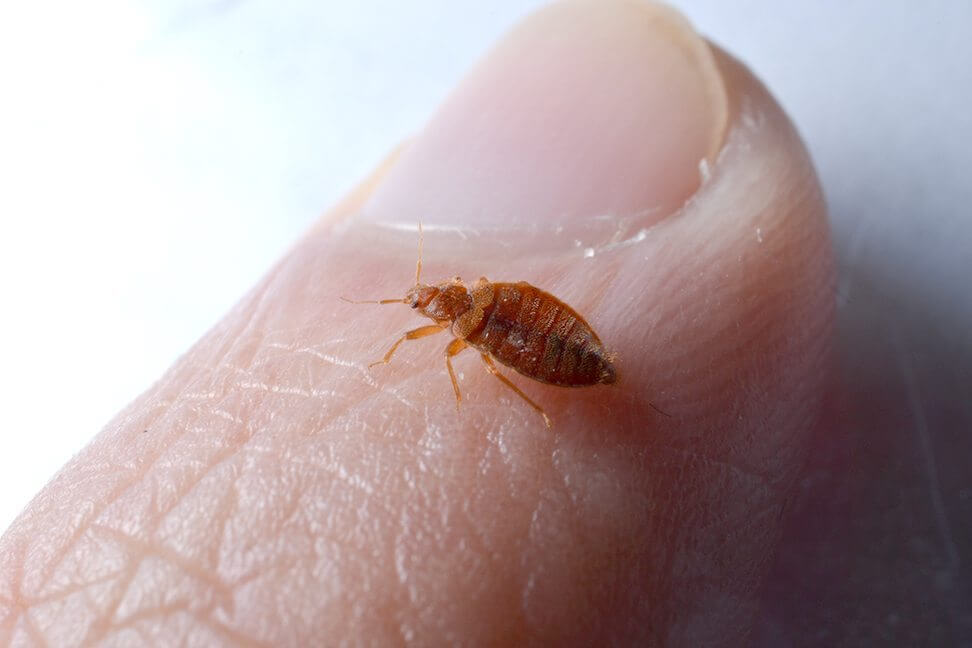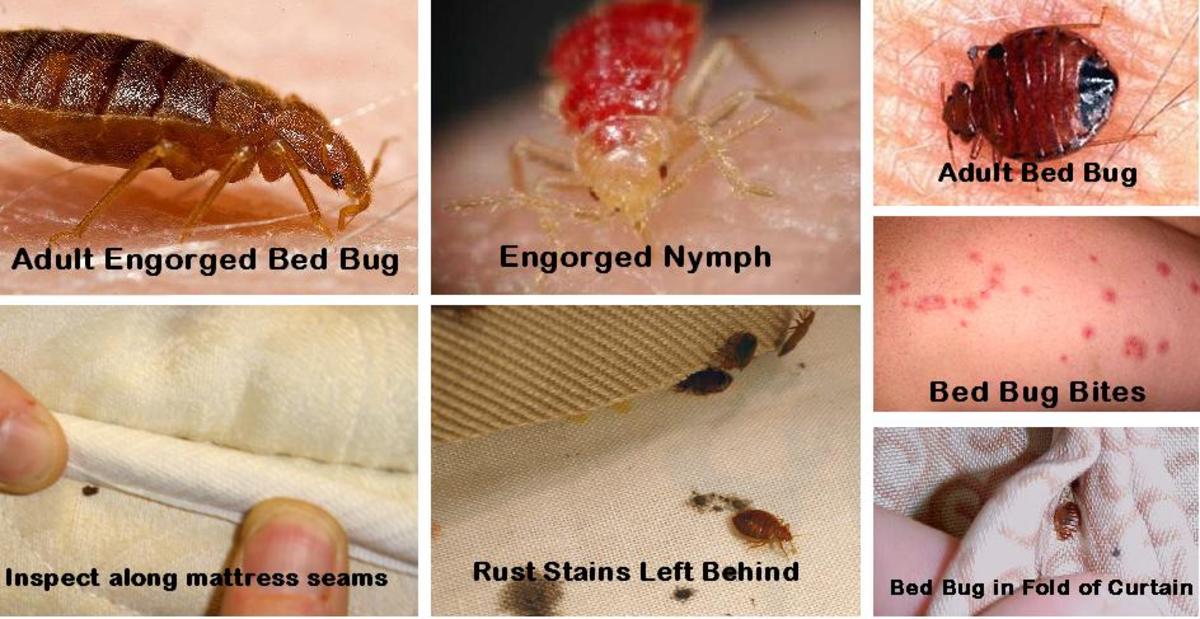If you wake up with itchy red welts on your body, chances are you may have bed bugs in your mattress. These pesky insects, known for their ability to hide and breed quickly, are a common household problem that can cause sleepless nights and potential health hazards. But how can you tell if those bites are truly from bed bugs? The answer lies in identifying the telltale signs of bed bug stains on your mattress. One of the most common signs of bed bugs on a mattress is the presence of dark, rust-colored stains. These stains are caused by bed bug excrement, which is a combination of digested blood and other bodily fluids. The stains may appear as small dots or streaks on your mattress, and they can be found on the surface as well as in the seams and crevices of the mattress. To identify these stains, use a flashlight and carefully inspect your mattress, paying close attention to the edges and corners. If you spot any dark, rust-colored stains, you may have a bed bug infestation.1. How to Identify Bed Bug Stains on a Mattress
While bed bug stains on a mattress are a clear sign of an infestation, it is also important to identify the physical evidence of bed bug bites. Bed bug bites are often mistaken for other insect bites or skin conditions, so it is important to know what to look for. Bed bug bites are typically small, red, and itchy, and they often appear in a line or cluster on the skin. They can be found on any exposed area of the body, but are most commonly found on the arms, legs, and face. If you suspect you have bed bug bites, it is important to resist the urge to scratch them, as this can lead to infection. Consult a doctor for proper treatment, and take steps to rid your mattress of bed bugs to prevent further bites.2. What Do Bed Bug Bites Look Like?
Once you have identified bed bug stains and bites on your mattress, it is important to take immediate action to get rid of these pesky insects. While there are many DIY methods available, it is best to seek professional help to ensure complete elimination of the infestation. A professional exterminator will use a combination of methods, including steam treatments and chemical sprays, to eradicate bed bugs from your mattress. It is important to follow their instructions carefully and to continue monitoring your mattress for any signs of bed bugs. Additionally, it is important to wash all bedding, linens, and clothing in hot water and dry on high heat to kill any remaining bed bugs. Vacuuming your mattress and surrounding areas regularly can also help to remove any bed bug eggs or nymphs that may have survived the treatment.3. How to Get Rid of Bed Bugs on a Mattress
Aside from the visible stains and bites, there are other signs of bed bugs on a mattress that you can look out for. These signs include a musty odor, which is caused by the pheromones emitted by bed bugs, and the presence of discarded bed bug exoskeletons. You may also notice small, white eggs or tiny, translucent bed bug nymphs on your mattress. These are signs of an active infestation, and should be addressed immediately to prevent further spreading. Regularly checking your mattress for these signs can help you catch a bed bug infestation early on and take action before it becomes a bigger problem.4. Signs of Bed Bugs on a Mattress
To avoid a full-blown bed bug infestation, it is important to regularly check your mattress for any signs of these insects. This is especially important if you have recently traveled or have had guests stay over. Start by removing all bedding and thoroughly inspecting your mattress with a flashlight. Look for any stains, eggs, or live bed bugs. Next, check the seams and crevices of your mattress, as well as the headboard and bed frame. If you do find any signs of bed bugs, it is important to take immediate action to prevent the infestation from spreading to other areas of your home.5. How to Check for Bed Bugs on a Mattress
Bed bug eggs are tiny, white, and about the size of a pinhead. They are often laid in clusters and can be found on the surface of your mattress or in the seams and crevices. While they may be difficult to spot, it is important to identify and remove these eggs to prevent a new generation of bed bugs from hatching and infesting your mattress. If you do find bed bug eggs, it is best to seek professional help to ensure complete removal.6. What Do Bed Bug Eggs Look Like on a Mattress?
If you have discovered bed bug stains on your mattress, it is important to treat them as soon as possible to prevent them from setting and becoming more difficult to remove. Start by using a damp cloth and warm water to gently blot the stains. Do not rub, as this can cause the stains to spread. Next, mix equal parts water and white vinegar and spray it onto the stains. Let it sit for 15 minutes before gently blotting the area again. If the stains do not come out, you may need to use a commercial stain remover specifically designed for bed bug stains. Always follow the instructions carefully and test the product on a small, inconspicuous area of the mattress first.7. How to Treat Bed Bug Stains on a Mattress
Yes, bed bugs can leave marks on a mattress in the form of stains, bites, and discarded exoskeletons. These marks can often be difficult to remove and may require professional treatment. To prevent bed bug marks on your mattress, it is important to regularly check for signs of an infestation and take immediate action if any are found.8. Can Bed Bugs Leave Marks on a Mattress?
The best way to prevent bed bugs on your mattress is to take proactive measures to keep them out of your home. This includes regularly vacuuming, sealing any cracks or crevices in your walls and furniture, and using bed bug-proof mattress and box spring encasements. If you have recently traveled, be sure to inspect your luggage and clothing before bringing them into your home. And if you have guests staying over, provide them with a designated area to store their belongings and regularly wash all bedding and linens after they leave.9. How to Prevent Bed Bugs on a Mattress
Discovering bed bugs on your mattress can be a stressful and frustrating experience, but it is important to remain calm and take immediate action. Start by isolating your mattress and surrounding areas to prevent the infestation from spreading. Then, contact a professional exterminator to effectively eliminate the bed bugs from your home. Remember to regularly check and monitor your mattress for signs of bed bugs, and take preventive measures to keep them from coming back. With proper care and attention, you can get rid of bed bug marks on your mattress and have a peaceful, bug-free sleep once again.10. What to Do if You Find Bed Bugs on Your Mattress
How to Identify Bed Bug Marks on Your Mattress and Prevent Infestations

Understanding Bed Bugs and their Marks
 Bed bugs are small, reddish-brown insects that feed on the blood of humans and animals. These pests are known to hide in mattresses, furniture, and cracks and crevices in walls and floors. While their bites may not be immediately noticeable, bed bug marks on the mattress are a tell-tale sign of an infestation.
Bed bugs are small, reddish-brown insects that feed on the blood of humans and animals. These pests are known to hide in mattresses, furniture, and cracks and crevices in walls and floors. While their bites may not be immediately noticeable, bed bug marks on the mattress are a tell-tale sign of an infestation.
Identifying Bed Bug Marks on Mattresses
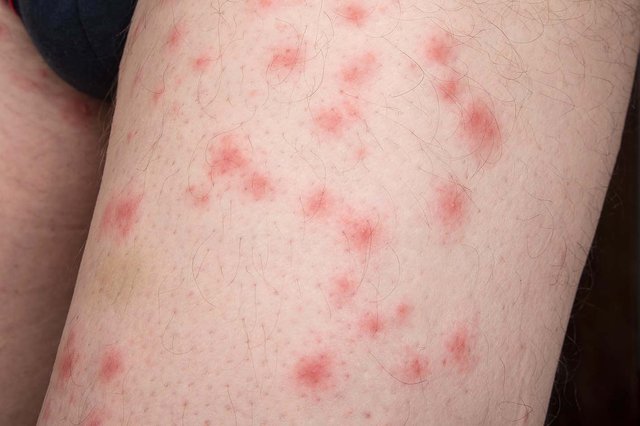 One of the most common places to find bed bug marks is on mattresses. These marks can be small droplets of blood, dark fecal spots, or even tiny white eggs. These marks are often found in clusters or lines along the seams and edges of the mattress. They may also be found on the box spring, bed frame, or nearby furniture.
One of the most common places to find bed bug marks is on mattresses. These marks can be small droplets of blood, dark fecal spots, or even tiny white eggs. These marks are often found in clusters or lines along the seams and edges of the mattress. They may also be found on the box spring, bed frame, or nearby furniture.
Preventing Bed Bug Infestations
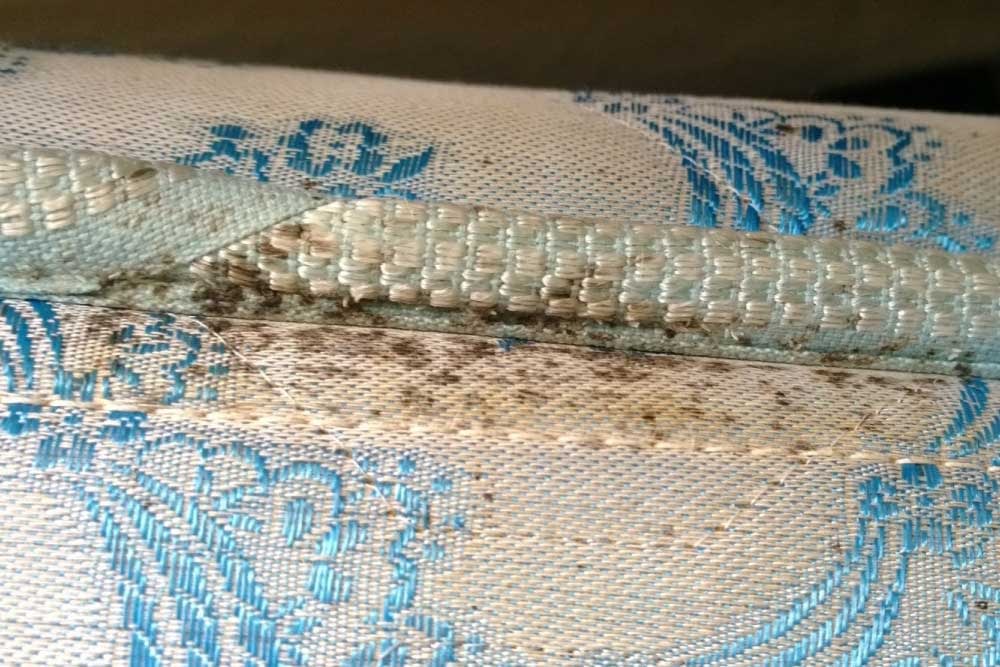 To prevent bed bugs from infesting your mattress, it is important to regularly inspect your bedding and surrounding areas for any signs of an infestation. Look for dark spots, blood stains, or tiny white eggs. It is also important to keep your bedroom clutter-free and to vacuum regularly to remove any potential hiding places for bed bugs.
To prevent bed bugs from infesting your mattress, it is important to regularly inspect your bedding and surrounding areas for any signs of an infestation. Look for dark spots, blood stains, or tiny white eggs. It is also important to keep your bedroom clutter-free and to vacuum regularly to remove any potential hiding places for bed bugs.
Additional Tips for Prevention
 Other tips for preventing bed bug infestations include:
Other tips for preventing bed bug infestations include:
- Sealing cracks and crevices - Use caulk or sealant to close up any cracks or crevices in walls, floors, and furniture where bed bugs could hide.
- Washing and drying bedding - Wash all bedding, including sheets, pillowcases, and comforters, on a hot cycle and dry on high heat to kill any bed bugs or eggs.
- Using mattress covers - Invest in a mattress cover specifically designed to prevent bed bugs from entering or escaping.
- Inspecting second-hand items - Be cautious when bringing in second-hand furniture or clothing, as bed bugs can easily hitch a ride.

